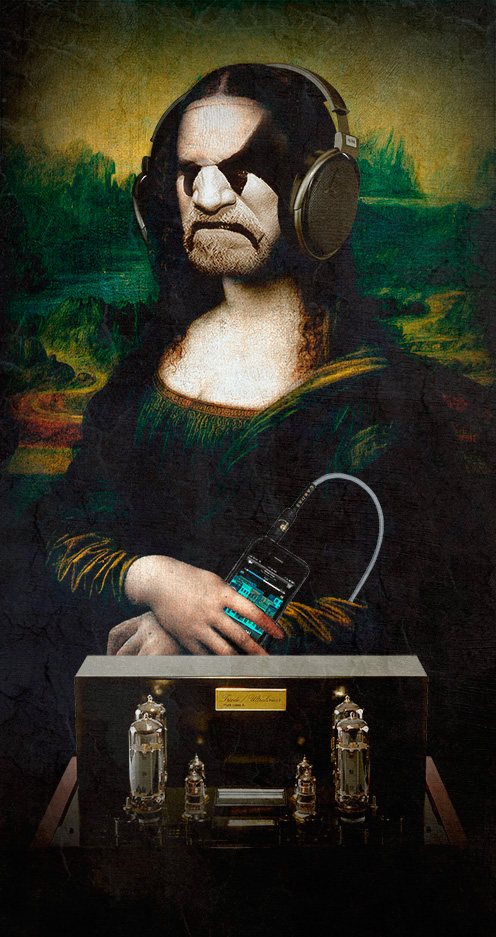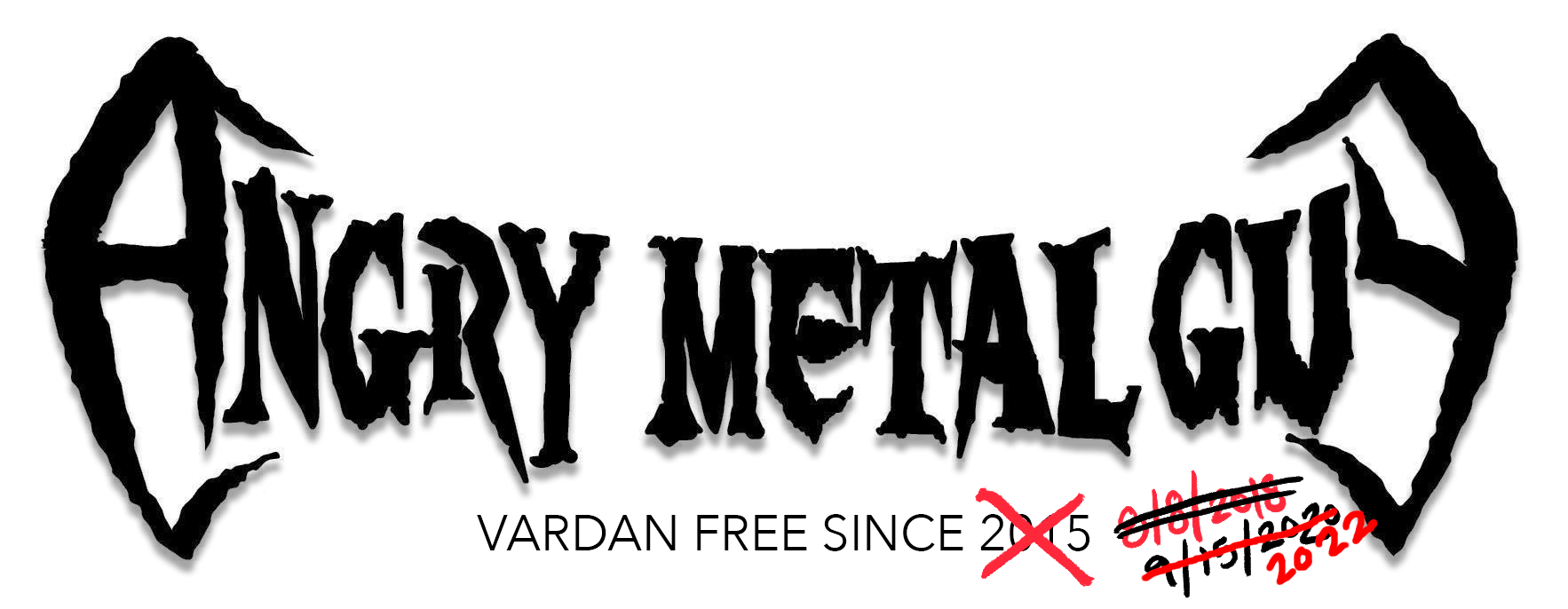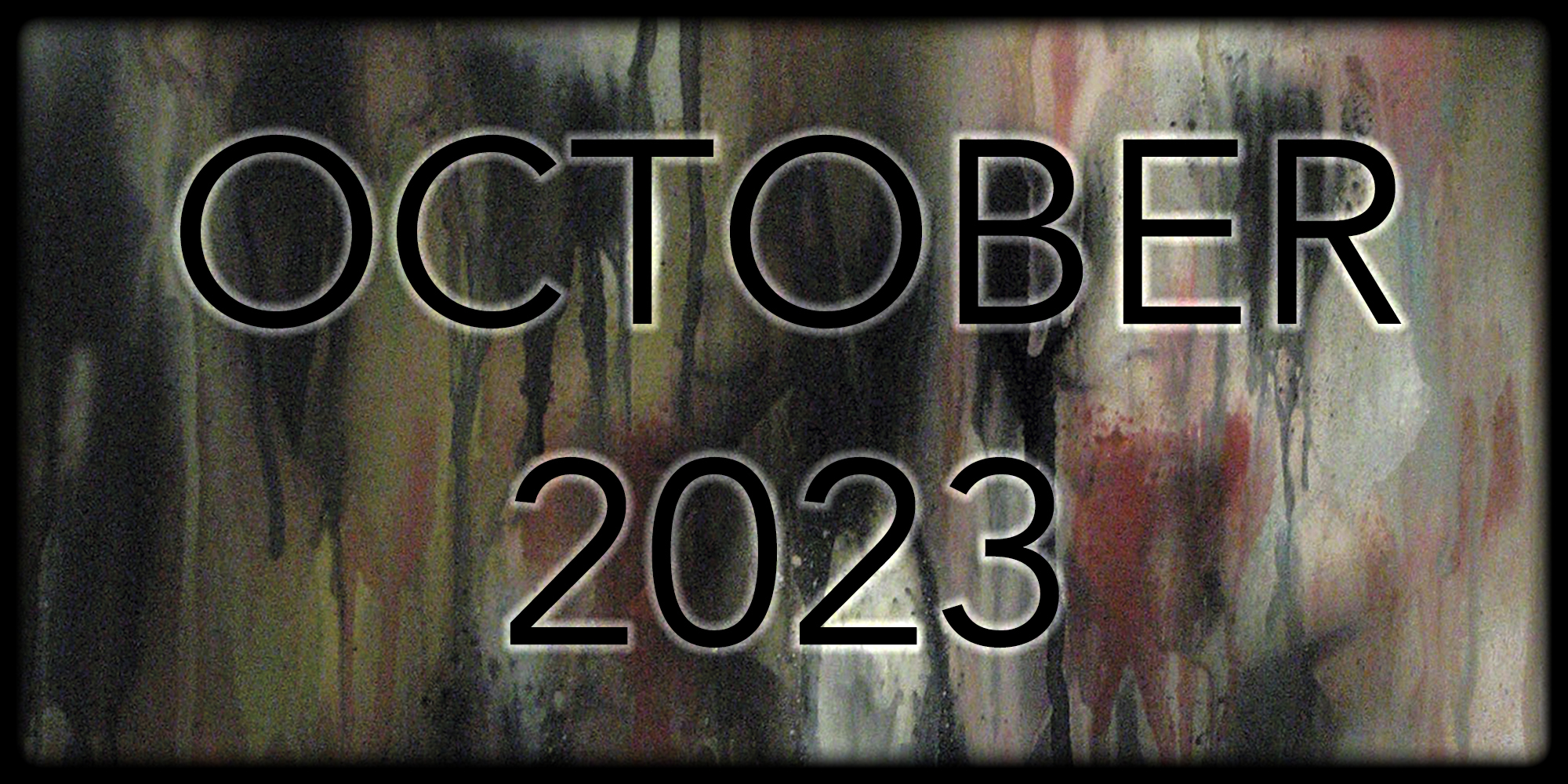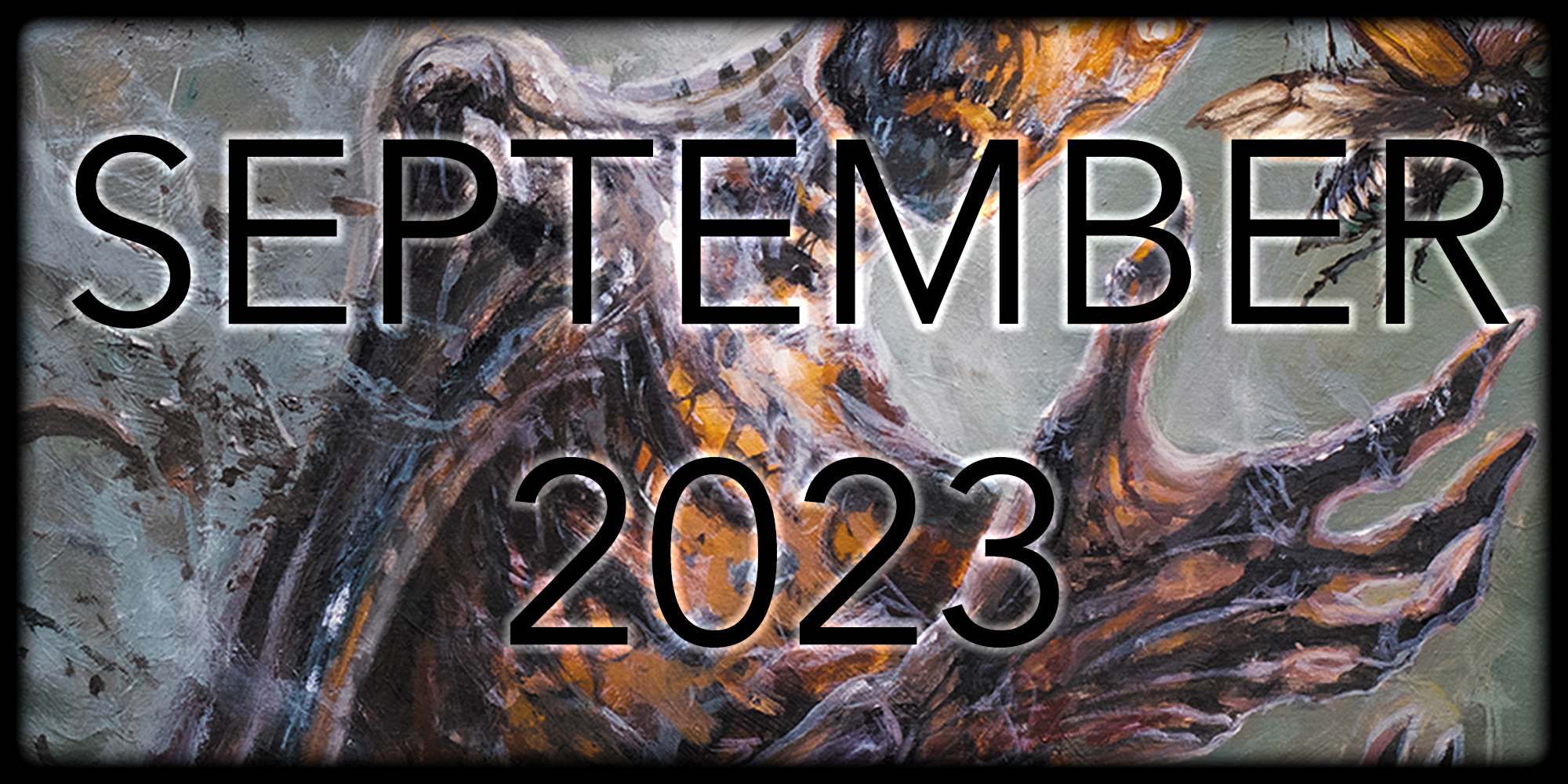By: Dave-Fi
Angry Metal-Fi is a series of articles that are cross posted on Angry Metal Guy and Metal-Fi as a collaborative effort to evangelize dynamics in metal.
 In our first Angry Metal-Fi article, Alex pointed out exactly what’s wrong with Fleshgod Apocalypse’s Labyrinth — it’s compressed to within an inch of its life, ruining the music that the band worked so hard to create. It’s easy for us to sit and point fingers though and tell you how everyone is doing it wrong, (which they are). To really get a sense of what you’ve been missing, you need to hear some examples of bands and engineers that are doing it right. Once you’ve heard how good fully dynamic metal can sound, and how much better your favorite albums could have sounded had they been mastered with full dynamics, we hope that it will make you angry. You might even shed a tear for everything that’s been lost over the last 20 years, so many great albums ruined because of the insanity that is the Loudness War.
In our first Angry Metal-Fi article, Alex pointed out exactly what’s wrong with Fleshgod Apocalypse’s Labyrinth — it’s compressed to within an inch of its life, ruining the music that the band worked so hard to create. It’s easy for us to sit and point fingers though and tell you how everyone is doing it wrong, (which they are). To really get a sense of what you’ve been missing, you need to hear some examples of bands and engineers that are doing it right. Once you’ve heard how good fully dynamic metal can sound, and how much better your favorite albums could have sounded had they been mastered with full dynamics, we hope that it will make you angry. You might even shed a tear for everything that’s been lost over the last 20 years, so many great albums ruined because of the insanity that is the Loudness War.
One of the most pervasive myths in metal production today is that because metal is supposed to be played loud, it has to be recorded loud. This could not be further from the truth. Some of the most popular metal albums in history are also some of the most dynamic. Master of Puppets: DR12. Rust in Peace: DR13. Painkiller: DR11. Reign in Blood: D14. Notice anything similar about these albums? They were all released prior to 1992, which is roughly the start of the Loudness War. From that year onward, the entire music industry began to engage in constant one-upmanship. Not only did every new album have to be louder than the one that preceded it, but louder than the other guy’s new album as well. By the late ‘90s everyone began to settle around DR6, which is where we are now. Why DR6? Because that’s as loud as you can possibly go while still attempting to hold on to some semblance of fidelity. DR6 is far from ideal, but for every point of dynamic range lost below that mark, you begin to do exponentially more damage to the sound.
A big problem with the industry today is that if you’re on a major label, chances are they won’t let you release an album with high levels of dynamics even if you wanted too. If you send them a fully dynamic master, they’ll think there’s something wrong with it and hire an engineer to smash it down to DR6 before sending it off to the CD pressing plant. But despite all that, albums with full dynamic range are still managing to squeak through in every subgenre of metal, belying the popular myth that “Sure, Dream Theater might be able to release a fully dynamic album, but brutal death metal has to be hyper loud.” Wrong. Gorguts’ brilliant sounding Colored Sands clocks in at DR9. The Polish progressive bands Riverside and Blindead both released superbly produced albums [and the AMG review is here] this year, each at DR81. In a refreshing change, dynamics on the latest album from Argus are actually up from last time, to DR8. Black metal bands often purposefully use terrible production, (“Do you likes it? Then I hates it!”) but Woe’s Withdrawl and Christicide’s Upheaval of the Soul both prove that even black metal albums can be fully dynamic and still retain all their rawness too.
Of course, you can’t have heroes without villains. DR6 may be the absolute limit of reason, but that hasn’t stopped plenty of bands from going well below it. To be clear, ridiculous amounts of compression are in many cases not the fault of the band. Believe it or not, producers, labels, and even engineers often actively push for it. One of the prime examples of a Loudness War casualty is Metallica’s Death Magnetic. According to mastering engineer Ted Jensen, the mixes for the album done by Greg Fidelman were already completely slammed when he got them, and there wasn’t much that could be done. Metallica decided to hire Fidelman after hearing his work on Slipknot’s Vol. 3: (The Subliminal Verses). You may also be familiar with his work on Red Hot Chilli Pepper’s Californication, another sonic abomination. So in the case of Death Magnetic, the band and producer Rick Rubin [Rick Ruin – Alex-Fi] clearly had a sound in mind that they wanted, that “jumps out of the speakers,” as Lars Ulrich put it, and they hired the guy to give them just that.
Here’s the thing though, Death Magnetic doesn’t actually sound any worse than similarly hyper loud albums like SuidAkra’s Eternal Defiance or Immolation’s Kingdom of Conspiracy, Metallica is just a lot more famous. As a result, Death Magnetic’s insane compression levels and terrible sound found its way into The Wall Street Journal and elsewhere, finally generating some mainstream attention to this issue.
Most albums though are not this extreme, they are typically industry average loud and consequently, sound mediocre to halfway decent at best. The truth is that most bands simply have no idea that the DR5 and DR6 masters used on the vast majority of new CD releases are not something people actually want. I know that it’s going to be a long and uphill battle to change the minds of the executives at the major labels, but most bands on small labels generally have a fair amount of creative freedom in terms of what they can do with their masters. So if enough of you let them know that you want them to release albums with proper dynamics, they will listen. You should also contact bands like Gorguts, Riverside, and Woe, and thank them for having the guts to do what the common industry wisdom says can’t be done.
The industry believes that dynamic albums won’t sell. Prove them wrong. Together we can we fight back against the Loudness War and take back our volume knobs! Join us.


















